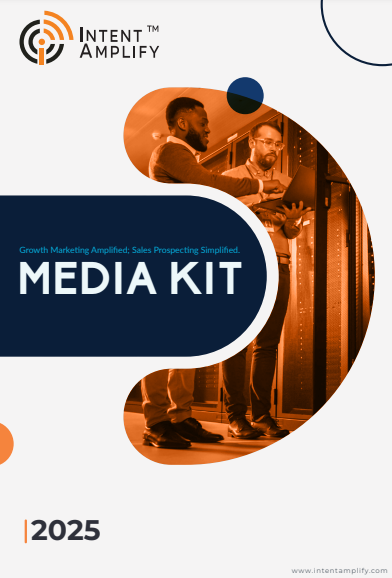
The Role of LinkedIn in Finding B2B Decision-Makers
- Last updated on: October 4, 2025
Reaching the right decision-makers is often the toughest challenge in B2B sales and marketing. You may have a brilliant product or service, but if your message never makes it to the person with the authority to say “yes,” the opportunity slips away. This is where LinkedIn steps in as a game-changer.
With over 1 billion professionals worldwide, LinkedIn has evolved into the most powerful platform for B2B prospecting and relationship building. Unlike other social platforms, it isn’t about casual networking – it’s about creating meaningful connections that can directly impact business outcomes. For companies looking to grow, the ability to pinpoint LinkedIn B2B decision-makers from C-suite executives to department heads.
In this article, we’ll explore why LinkedIn has become the go-to channel for finding decision-makers, how to identify the right contacts, and the best practices to engage them effectively. More importantly, we’ll share strategies that help you turn LinkedIn conversations into real business opportunities.
Why LinkedIn Is Essential for B2B Lead Generation?
Different platforms yield different results of B2B outreach work; however, not all of them produce the same results or are equally effective. Among them, LinkedIn outshines the rest just because it is a platform specifically made for business people and business development. As a matter of fact, 80% of B2B leads coming from social media are those generated on LinkedIn, which makes it the most effective channel both for sales and marketing teams.
Unlike Facebook or Instagram, where the audiences are quite extensive and are of different kinds, LinkedIn offers a platform that is strictly business-oriented. Here you will not only find decision-makers but also they will be active ones – sharing ideas, engaging with industry content, and networking with peers. Thus, your outreach efforts are more likely to connect with the accurate audience.
Moreover, the advanced targeting of LinkedIn is also a plus. You are able to look for your ideal customer by job title, company size, or even industry and use tools such as Sales Navigator to find the people who have a say in buying decisions easily. Serving as a starting point for companies striving to fuel pipeline growth, it has since become the perfect spot where they can locate LinkedIn B2B decision-makers and reach out to them on a large scale.
How to Identify B2B Decision-Makers on LinkedIn?
Truly finding the appropriate person in a company might give you the feeling of searching for a needle in a haystack. LinkedIn makes it less complicated through the utilisation of the tools and the features that enable you to pinpoint the people who matter the most.
Initiate with job titles and roles – try to find keywords like Head of, Director, VP, or Chief, which typically designate the decision-making authority. Also, company pages are good in that they reveal leadership teams, employees, and organisational structures.
For greater accuracy, LinkedIn Sales Navigator is an extraordinary tool. It gives you the power to set the filters for the size of the company, the level of seniority, the function, and the location. In that way, you do not waste your time trying to contact people who may not be in charge of purchasing decisions.
Likewise, mutual connections could be the means of entering a closed door. When you discover that you share a connection with a potential decision-maker, you might consider contacting them for an introduction because it makes you more trustworthy and, therefore, increases the chances of commitment.
By using the advanced search filters, recognising keywords in profiles, and utilising networking, you can easily identify and contact the right B2B decision-makers on LinkedIn who are the target audience of your business.
Best Practices for Connecting and Engaging
Only the first step is LinkedIn identifying the correct B2B decision-makers, but the real challenge lies in forming strong relationships with them.
Personalisation is the core of success. LinkedIn connection request with a similar aim as “I want to add you to my network” message will more likely be neglected. In order to highlight your request, you can write an introductory line that relates to their recent post, a current topic, or even a mutual connection.
After they have accepted your invitation, do not go on with your marketing pitch immediately. The know-how that decision-makers allow the forming of authentic relationships only in return for sincere communicational outreach is to be credited to them. Be consistent in sharing your point of view, adding value to their thoughts, and demonstrating that you are a helpful resource rather than a pushy salesperson. Doing this over time wins you both trust and respect.
Moreover, content has a significant part in customer relations as well. Consistently sharing thought-provoking content, case studies, or merely industry updates might allure decision-makers to you even prior to your reaching out. The more upfront value you provide, the more they will respond positively when you initiate communication. In other words, treat LinkedIn as if it were a networking event that lasts a long time: be human, be helpful, and business opportunities will just come by the way of relationships.
Tools and Features That Enhance B2B Prospecting
The toolbox that LinkedIn presents to the users facilitates the process of finding and reaching B2B decision-makers, which is carried out efficiently. The top place in this toolbox is taken by LinkedIn Sales Navigator, a premium feature for sales teams. Along with its smart filters, lead recommendations, and real-time insights, pinpoints the most valuable prospects. It also enables you to keep track of their activity. 62% of B2B marketers report that LinkedIn generates leads for them, more than double the next-highest social channel
Moreover, InMail is another feature that should be fully exploited, as it enables you to directly contact a prospect who is not within your network. Typically, crowded inboxes make emails easy to overlook; however, a personalized InMail easily draws attention and sparks a conversation. Combining this with LinkedIn Analytics lets you ensure your outreach reaches the decision-makers. It also check the engagement rate of your outreach.
LinkedIn-integrated CRMs help companies with large outreach programs simplify and streamline the prospecting process, allowing the sales team to track all interactions and maintain continuity. A few firms adopt automation tools to save time; however, they must combine automation with personalization to avoid being perceived as sending spam.
By methodically utilising these resources, companies are able to make LinkedIn more than just a basic networking platform. Means they can effortlessly become lead generation machines and hence, connect with LinkedIn B2B decision-makers on a massive scale while still keeping their approach personalised.
Measuring Success and Optimising Your Approach
Reaching out to LinkedIn B2B decision-makers is only effective if you can track what’s working and what’s not. That’s where measurement comes in. Start by monitoring simple metrics like connection acceptance rates, profile views, and InMail response rates. These numbers indicate whether your outreach strategy is resonating or needs fine-tuning.
Content engagement is another key measure. Are decision-makers liking, commenting, or sharing your posts? If not, your messaging may need to be more relevant or tailored to their pain points. LinkedIn’s analytics dashboard offers valuable insights into post performance and audience demographics, helping you adjust your content strategy in real time.
Beyond surface metrics, focus on pipeline impact. Track how many conversations progress to meetings, proposals, and ultimately closed deals. You tie your LinkedIn activities directly to business growth. Continuous optimisation is essential. Refine your messaging, test new approaches, and learn from what your audience responds to best. With a data-driven approach, LinkedIn becomes not just a networking tool but a reliable channel for generating high-quality B2B opportunities.
FAQs
1. Can LinkedIn guarantee B2B leads?
No platform can guarantee leads, but LinkedIn significantly increases the chances of connecting with the right decision-makers. Success depends on strategy, targeting, and engagement.
2. How do I identify decision-makers on LinkedIn?
Use job titles, company hierarchy, LinkedIn Sales Navigator filters, and mutual connections to find individuals with purchasing authority.
3. What’s the best way to approach decision-makers on LinkedIn?
Personalize connection requests, avoid cold sales pitches, and engage through meaningful content or mutual interests.
4. Are LinkedIn tools worth the investment for lead generation?
Yes. Features like Sales Navigator and InMail help streamline prospecting, and 62% of marketers report that LinkedIn consistently produces leads.
5. How do I measure success when targeting B2B decision-makers?
Track connection acceptance rates, engagement with posts, InMail responses, and ultimately pipeline conversions to optimise your strategy.




